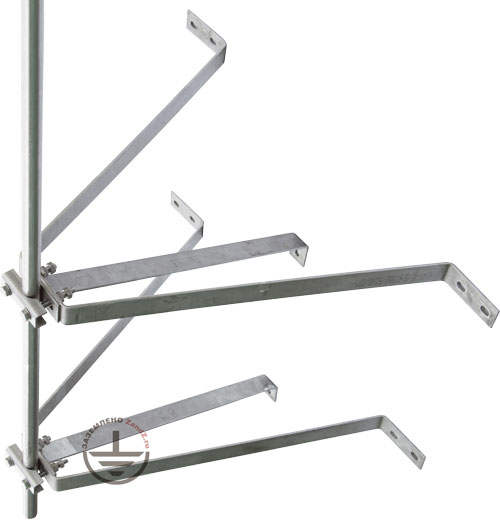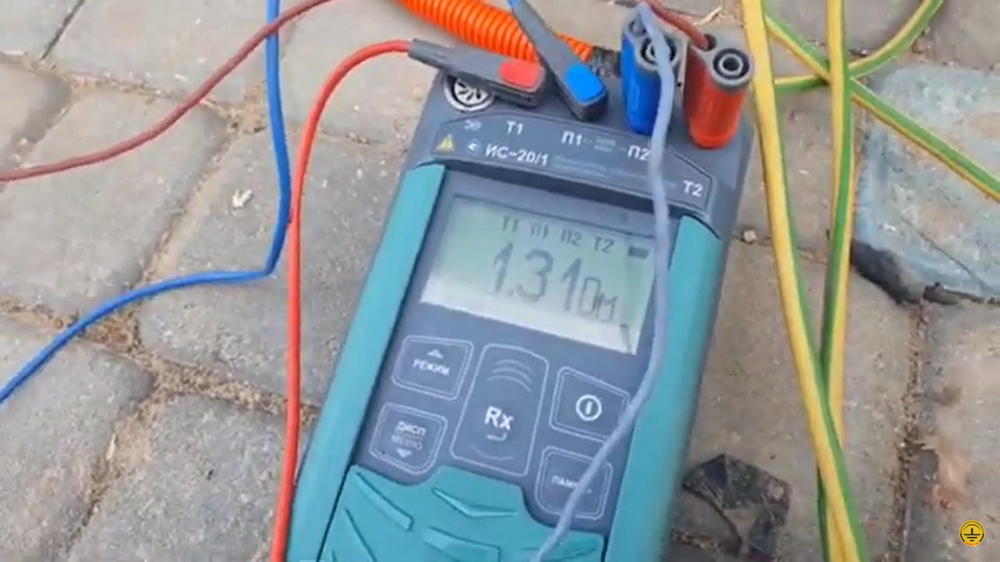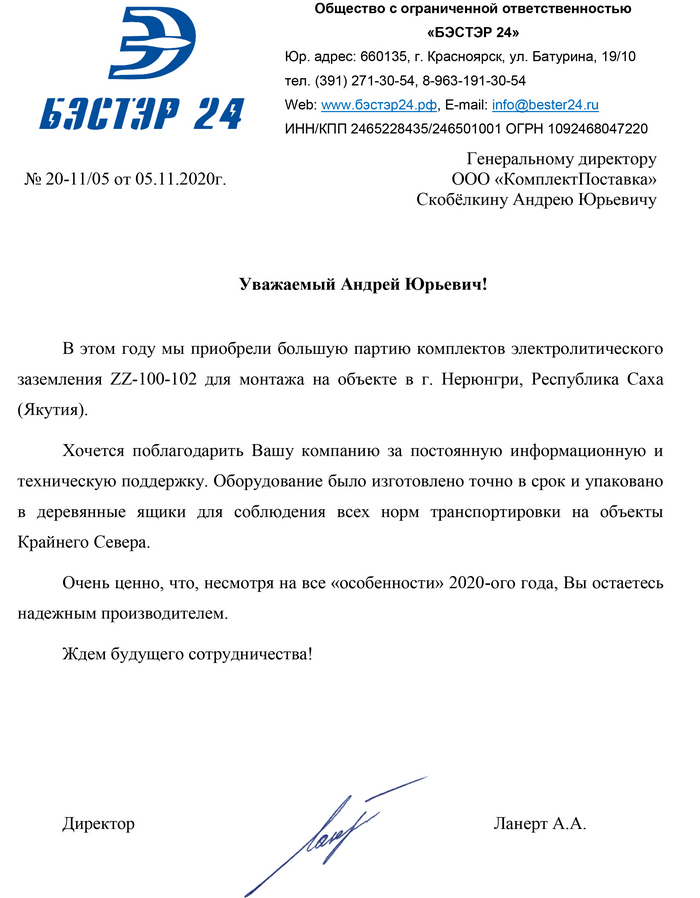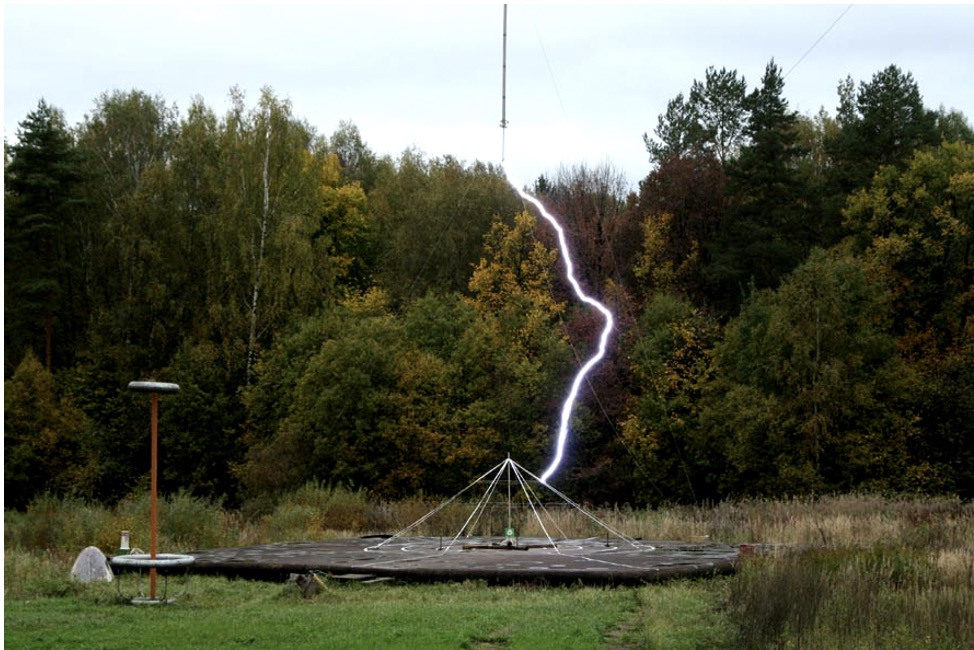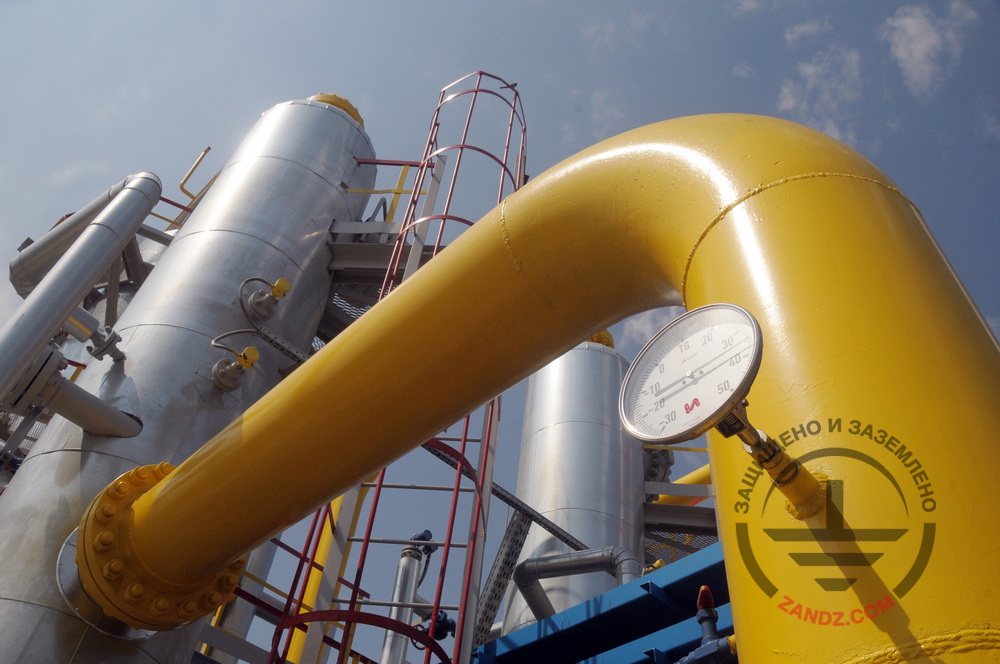
ЗАЩИЩЕНО И ЗАЗЕМЛЕНО - PROTECTED AND GROUNDED
Summing up the previous year, we suggest recalling the most striking events. Throughout 2020, we prepared useful materials for you, conducted training webinars, and also talked about the most interesting projects carried out by our Technical Center. Thank you for appreciating our efforts! We are glad to have new subscribers on the site and on our pages in social networks.
The materials that our readers most actively viewed on the ZANDZ website in 2020 are below:
Normally, modern buildings have reinforced concrete structures embedded and are built on a reinforced concrete foundation. This dramatically simplifies the grounding system construction. The effective regulatory documents recommend using mostly natural ground arrangements. GOST 12.1.030-81 "Electrical Safety. Protective Grounding. Neutral Grounding" is still applicable to the electrical equipment grounding. As applied to the lightning protection systems, much more complex situation exists, since their grounding should pass a large electrical charge within a short period.
Most modern buildings have structural elements made of reinforced concrete. Its metal reinforcement can be used as a current collector because rods are rather thick. Existing lightning protection standards allow the use of concrete reinforcement as a current collector taking into account general reservations. Let us first study the cases when we can connect lightning arresters with reinforcement, and when we cannot do that (and it is better to use separate current collectors).
Protection zone is an original concept that has allowed to design lightning protection for many years. Their significant drawback has become obvious recently, when requirements to reliability of the protection against lightning strikes has increased, and the primary task for the modern equipment has become to include preventing electromagnetic interference. New tasks require critical consideration of the protection zone origin, their reliability and the possibility to use in practice. At the same time, the literature has been supplemented with the methodology base for the software, based on physical ideas of the lightning orientation processes, to different extents. A need to critically analyze the existing situation has appeared, and we had to re-consider both the historical foundation for the used protection zones, and the potential to create a software product meeting the lightning protection design requirements for the modern on-ground structures.
When using vertical earthing devices of small length (about several meters long) to provide the required earthing, several rods are installed into the earth, which are interconnected in parallel. This is natural since this array takes a particular area, and a temptation occurs to save the space and install the rods closer to each other. But indeed, you should not do it. There is a particular distance, and you should not install the rods closer than that. This article describes such distance and why it is so bad to install the rods too close.
This is a website section developed to help designers, engineers of installing companies, and operation services in answering the hottest issues in design and installation of grounding and external lightning protection systems. This section represents a collection of regulatory documents, analytical articles, and recommendations for designing grounding and lightning protection systems.
The calculation services allows more than just checking the reliability of the lightning protection system. It allows to perform the most rational and correct design for the lightning protection providing less construction and installation costs as well as fewer lightning strikes into the system.
This is the first webinar of a series dedicated to the design of electrical supply systems in Autodesk Revit. During the webinar, basic functionality of Electrical section in Autodesk Revit has been considered along with its functions of modelling and obtaining documents without any external software. Moreover, the user interface of the Electrical section in Autodesk Revit has been studied together with its settings to successfully create a model. Basic circuit creation methods have been described and it was explained why this functionality is insufficient for designing in Russia.
The webinar held by Professor E.M. Bazelyan, during which, several examples of technical absurdity have been provided relating to the active lightning protection stipulated by the IEC recommendations. Moreover, an analysis of the existing operating experience in the ESE lightning arresters will be performed and a simple field testing method will be proposed with no need in special financial costs.
During this webinar, we have looked into key aspects related to calculations of the lightning protection system for the industrial facility using the "Service for calculating the lightning protection reliability" based on the method for evaluation of the lightning strike probability into the protected facility.
If you want to stay informed of all interesting news, articles and webinars regarding lightning protection and grounding in 2020, log in the ZANDZ websiteor follow us in social media: Instagram instagram.com/zandz.live) and Facebook (facebook.com/zazemlenie/)!
Related Articles:
